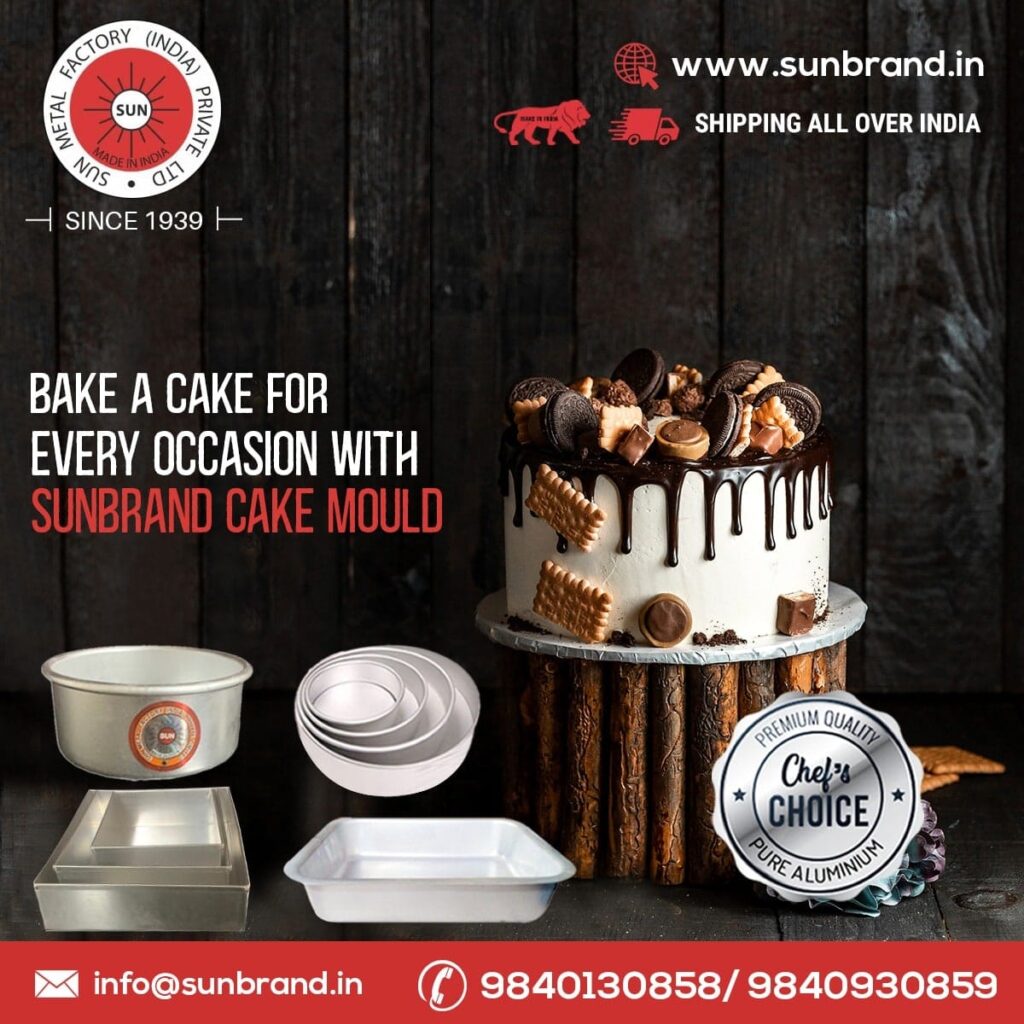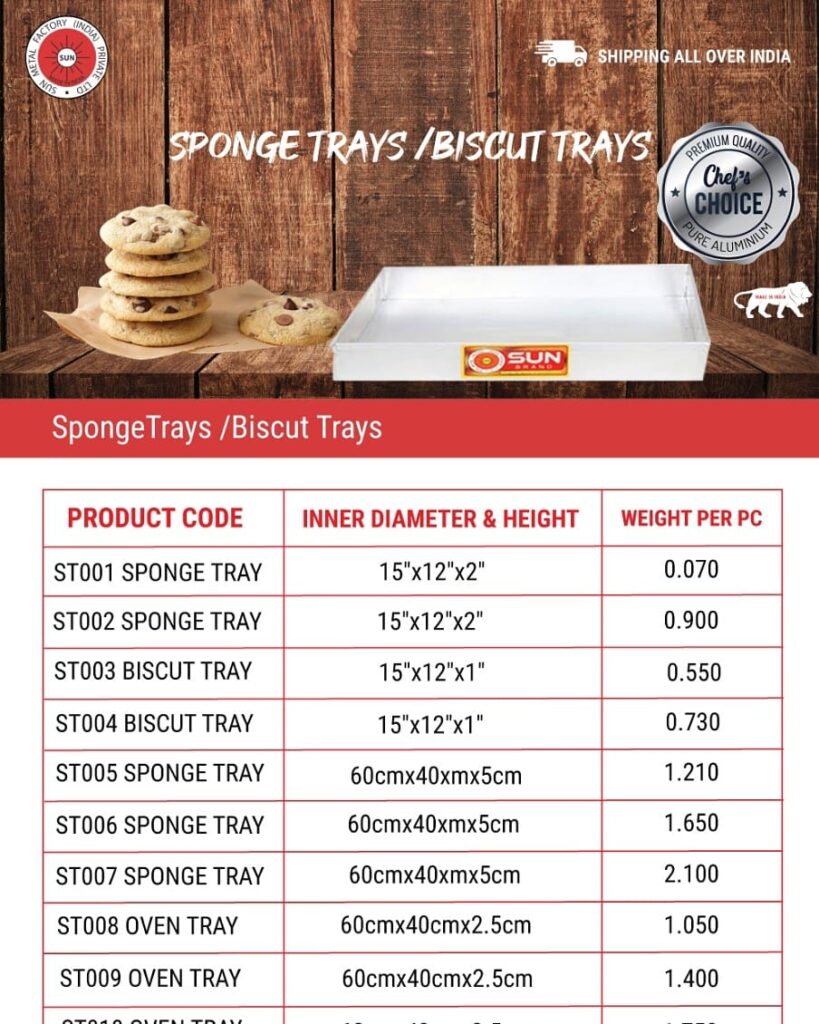There are innumerable types of cake found all over the world, each using a different combination the same baking ingredients they differ in taste, texture and many more. Sponge cake uses only the three basic ingredients eggs, sugar and flour whereas Chiffon cake needs additional ingredients such as oil/butter and leavening agent to make it richer.
Both these cakes are familiar among the bakers but are always misunderstood as same by other people. Many people are confused about the distinction between Sponge Cake and Chiffon Cake since they both look like a soft, expanding cake. Let us not be perplexed; instead, let us investigate the differences in the following review!
What is a Sponge Cake?
A sponge cake is a kind of basic foam cake. Unlike other types of butter cakes, which include baking powder or baking soda as a developer, Sponge Cake just uses air and an egg as components. There are numerous sorts of sponge cakes available around the world, each with its own distinct characteristics. Original traditional sponge cakes are normally baked without butter and the egg whites and yolks are whisked separately before being combined. Sponge Cake has a light texture and is not as fragile as butter cake, but it does not have a strong flavor. As a result, sponge cake is frequently used in cakes with layered designs or roll spoons. Sponge Cake often uses flavored syrup or buttercream to add flavor and moisture to the cake, making it taste rich.
How to bake perfect sponge cake?
There are no raising agents in sponge cakes, such as baking powder or baking soda. The sponge cake gets its height and airiness by the way eggs are employed as a substitute for growing agents. A lot of air is injected when you beat eggs or egg whites using a stand mixer or hand mixer, which causes the egg mixture to foam up and thicken into a creamy meringue. The ingredients used in a sponge cake are Sugar Flour Eggs/Egg Whites
The flour is gradually mixed in when the egg mixture has reached a stiff and foamy appearance. All of your hard work and patience will be shattered if you mix in the flour too quickly, as the result will be a deflated egg combination. One of the most important recommendations for making a flawless sponge cake is to fold the flour into the egg mixture slowly rather than totally mixing it.
The purpose of a sponge cake is to use the airiness of beaten egg whites to give the cake height and a light texture. When you vigorously incorporate flour into the egg mixture, it deflates, resulting in a flat cake. Typically, sponge cakes are prepared in aluminum sponge tray. With this in mind, butter your pan thoroughly before pouring your batter into it.
What is a Chiffon cake?

Chiffon Cake is sometimes described as a combination of froth and butter cake. Chiffon Cake also uses egg whites or meringue, as well as baking powder, in its preparation. Chiffon Cake is distinguished by the inclusion of vegetable oil as one of the ingredients, which gives the cake a soft texture similar to sponge cake but a rich flavor similar to butter cake. In comparison to a sponge cake, Chiffon cakes are rich and include more important ingredients. Because of their heaviness, they form a fantastic base for frosted cakes when compared to delicate sponge cakes.
Chiffon cakes contain the following main components, depending on the recipe
- Vegetable Oil
- Baking Powder or Baking Soda
- Eggs
- Sugar
- Flour
A chiffon cake should be light and fluffy, with a delicate flavor and an open, “chiffon” grain. The dough in chiffon cakes is aerated by whisking large amounts of whole eggs into a light and fluffy foam, which is often enhanced with extra egg yolks. To generate a more soft cake structure, small amounts of melted butter or vegetable oil are frequently included into the aerated dough.
Sift dry ingredients into a mixer bowl, including 100 percent flour, baking powder, salt, more than half of the sugar, and powdered flavoring, if using. Combine the liquids and stir them in with the dry ingredients. Mix until the batter is smooth and lump-free. When working with only one mixing bowl, clean the equipment. Whip the egg whites, cream of tartar, and remaining sugar until stiff but not dry peaks form. Add the batter mixture to the beaten egg whites in a steady stream as quickly as the whites will absorb it. Mix just enough to properly combine the two. If you reverse this sequence (by folding the beaten egg whites into the batter), you’ll end up with less volume.
Make sure you’re using the appropriate cake pan. The aluminium cake pans with non-stick coating are the best. Check to see if the pan is non-stick. Because the cake has to cling to the sides and center of the pan for support while it rises, do not grease the pan when baking chiffon cake.

